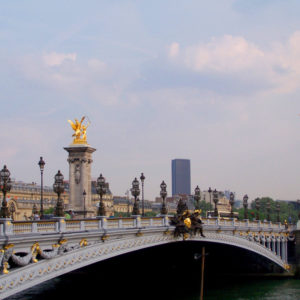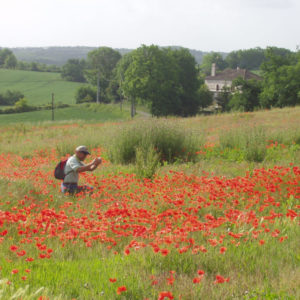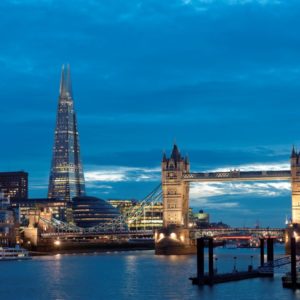Video courtesy of Visit Britain Tourism
Most visitors to England arrive in the capital London. Its wealth of sights, stores, restaurants and theaters is world famous, offering visitors countless iconic attractions to explore.
The surrounding countryside of southern England has a gentle landscape with country lanes, rolling hills and shimmering fenlands interspersed with historic cities such as Oxford, Cambridge and Bath.
- London
- The Cotswolds
- Warwikshire
- York
- Lake District
- Oxford
- Bath
- Wiltshire
- Wales
- Scotland
- Southwest England
- Climate
In this part of the country you can see how the Romans bathed in Bath, discover the delights of a ‘Devon Cream Tea’ and venture to the wild western reaches of Cornwall to seek out subtropical gardens and seafood.
The region’s major cities include Bristol and Bath, which are just a 12 minute train journey from each other. Bristol is only 1 hour 40 minutes from London by train.
From April to June, the countryside bursts into bloom. Wild daffodils and bluebells herald the start of the season when gardens are at their most colourful. July and August are the hottest months, both in terms of temperature and the abundance of events!
During the winter months, days are short and the temperatures are often cold. Many attractions in the countryside close for the season. However, the city museums and sights remain open, and their restaurants and theatres will be in full swing.
Visitors who travel over Christmas or New Year may enjoy holiday festivities in the cities. This is also when country house hotels offer festive programs which make an excellent addition to a city break. Perhaps you prefer a family vacation or a relaxing retreat from everyday life in a lovely resort, there are a great variety to choose from!
Showing all 3 results
-
 Belgium, England (UK) & Scotland, France, Hot Destinations
Belgium, England (UK) & Scotland, France, Hot DestinationsEurope by Rail – London, Paris and Brussels
Read more England (UK) & Scotland, Europe & Russia, France
England (UK) & Scotland, Europe & Russia, FranceGlorious Cities and Countryside of England & France
Read moreNeed Assistance?
800-227-5317 | sales@pacific-destinations.com
Tell us where and when you want to go and we’ll give your request our immediate attention! No high pressure sales, just straight talk and sound advice!

